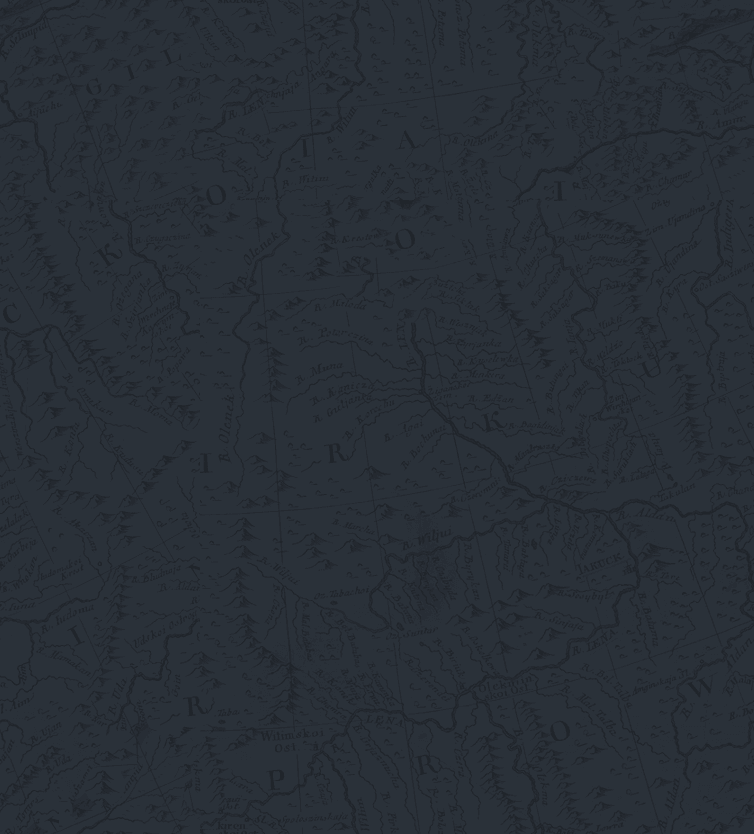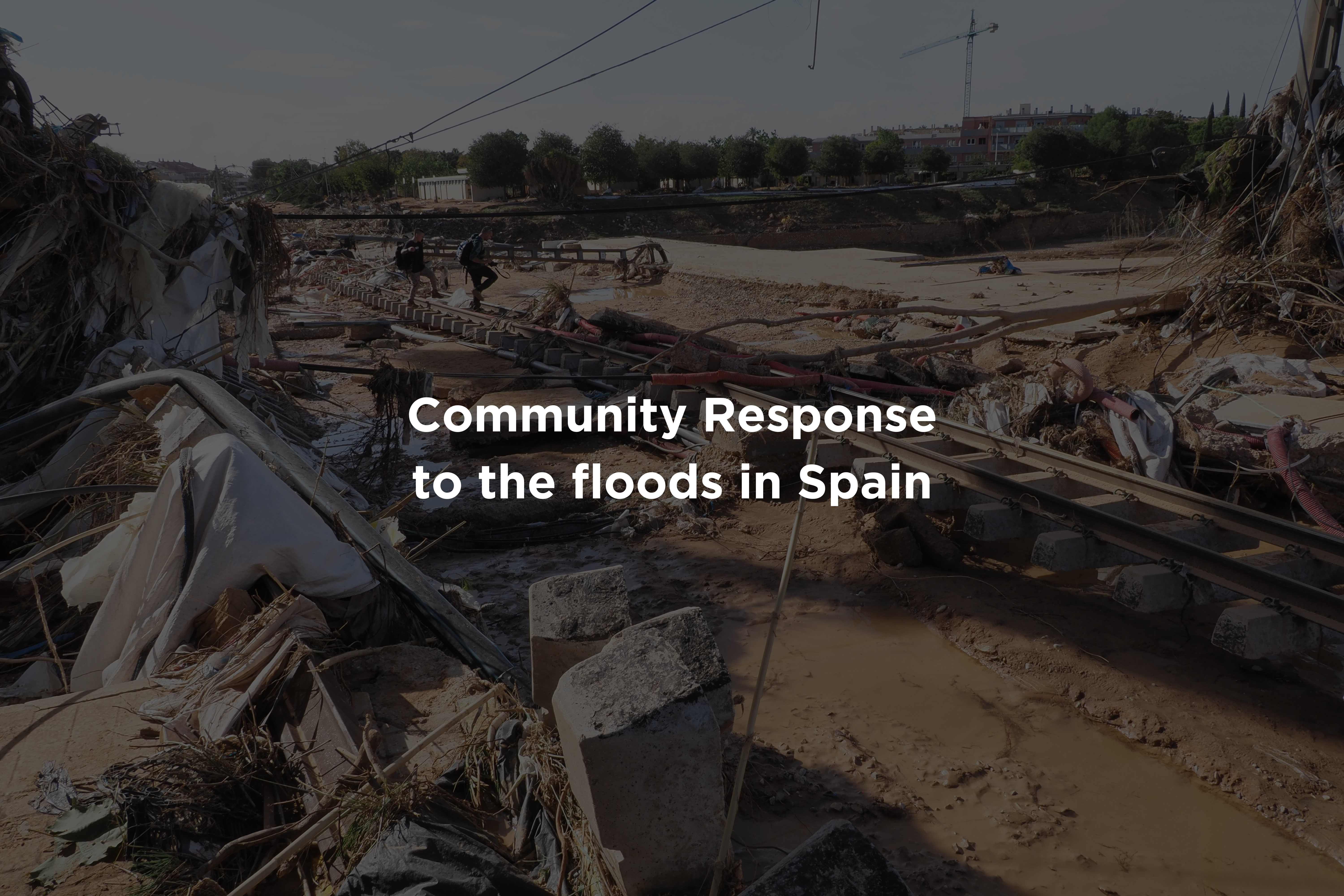
Turning the Tide: Technology, Community Resilience, and the 2024 Spain Flood Response Using Ushahidi Platform

Spain is reeling from the aftermath of its worst flooding in decades after a year’s worth of rain fell in just hours in the country’s southern and eastern regions. In November 2024, three concerned community organizers in Spain deployed the Ushahidi platform separately to coordinate response efforts during the floods.
“My father is going to be 100 years old now and doesn’t remember a flood like this. It is terrifying to be here,” José Platero, a 69-year-old resident, told CNN. “This has never been seen here; my finances are in tatters. If the insurance company doesn’t compensate us now if they don’t take responsibility for the damage, we’re going to be in a terrible situation” adds Ángel, another resident in the area. The testimonies of José and Angel, though representing millions of unheard and marginalized voices, carry the weight of shared suffering and embody the urgent need for action in Spain.

Members of the emergency services work on Wednesday on a devastated street in the Spanish town of Letur, southwest of Valencia. Oscar Del Pozo/AFP/Getty Images
Spain is reeling from the aftermath of its worst flooding in decades after a year’s worth of rain fell in just hours in the country’s southern and eastern regions. According to BBC, the storm has now become the worst natural disaster in the country’s recent history. At least 215 people are reported dead, with an unknown number of people still missing, as rescuers work intensely to access all affected locations.
The torrential rain was likely caused by what Spanish meteorologists call a “gota fría,” or cold drop, which refers to a pool of cooler air high in the atmosphere that can separate from the jet stream, causing it to move slowly and often lead to high-impact rainfall. This phenomenon is most common in autumn. Climate change is the “most likely explanation” for the intensity of the downpours, according to a preliminary rapid analysis by scientists from the World Weather Attribution initiative. They found that global warming, driven by fossil fuel pollution, made the torrential rainfall that hit Spain about 12% heavier and twice as likely.
What has the response been?
Five hundred Spanish soldiers have joined the operations in the Valencia region, bringing the total deployed across the country to 1,700, the Ministry of Defense said on Friday. Some areas can only be reached by helicopter. The government and many non-governmental organizations have also been part of the response efforts by providing aid such as food, clothing, and shelter. However, there has been a public outcry by Spaniards over how the Spanish government handled the deadly floods and specifically response efforts.
Technology as a Response Coordination Platform
In November 2024, three concerned community organizers in Spain deployed the Ushahidi platform separately to coordinate response efforts during the floods. Information on the platform was mainly in Spanish, a language spoken by about 99% of Spain’s communities. One of the deployers, https://dana.ushahidi.io/map, used the platform to report what was happening and connect those who needed help to those offering help. The deployer created 5 surveys namely:
- General Information
- Locate people
- Twitter/X, Request help
- Offer help
The deployment collected a total of 105 reports.

The platform’s ability to collect photos played an essential role for the community organizers to collect visual information of help provided by different organizations around Spain.

Another deployer created the deployment https://bonanza-es.ushahidi.io/map to coordinate response efforts as well. The deployment was set up in Spanish and collected real-time information on urgent needs and requests for help, help offers and available resources, and Information on shelters and regional situations.

Why use Ushahidi as a response coordination platform?
Centralized Information Sharing
-
Ushahidi platform provides a single hub for collecting, managing, and disseminating critical information, ensuring responders and affected individuals have accurate, real-time updates preventing duplication of efforts
Enhanced Efficiency and Speed
-
By streamlining communication and resource allocation, the platform enables quicker response times, reducing delays in delivering aid and rescuing those in need. It helps responders prioritize based on the severity and urgency of situations.
Real-Time Situational Awareness
-
The platform allows for near real-time monitoring of affected areas through user reports, photos, and geotagged data, providing a clear picture of the crisis as it unfolds. This supports informed decision-making by emergency responders.
Improved Coordination Among Stakeholders
-
By connecting government agencies, NGOs, volunteers, and community members, the platform ensures that efforts are collaborative rather than fragmented. It avoids overlap and maximizes the impact of resources.
Amplifying Community Voices
-
The platform enables individuals in affected areas to report needs, offer help, or share local insights, empowering communities to be part of the response effort. This is especially critical for reaching marginalized or remote populations.
Resource Optimization
-
The Map view within the platform helps identify gaps in aid distribution and areas of greatest need, ensuring resources are directed where they are most effective.
Transparency and Accountability
-
The Ushahidi platform can help track who provides what assistance, fostering accountability among responders and ensuring that promises are fulfilled. This builds trust within communities and among stakeholders.
Inclusivity Through Technology
- The Ushahidi platform allows for multilingual and accessible interfaces to ensure that critical information reaches diverse populations, regardless of language. For example, in this case, the platform was deployed in Spanish.
Outcomes and Way Forward
During crises such as floods, communities feel helpless and defeated as movement is minimal and aid takes time. In times like these, Ushahidi provides a technology platform for the communities to report events in near real-time as they unfold.
Results and insights from the Spain floods case study give us hope that as technology becomes part and parcel of our everyday lives, organizations, and community organizers working in the community have the unique opportunity to integrate it into their work to not only raise the voices of those who would otherwise be unheard but also coordinate relief efforts in the most affected communities.
To create a deployment on Ushaidi, go to www.ushahidi.com and click on the Create a Deployment button. This should take you to http://ushahidi.io/create, fill in your details and you should be ready to go.
105
Number of reports